Take a walk (or a drive) on the wild side. West Cork offers an abundance of wildlife, nature, and scenery.
Is there a more intriguing place in Ireland than West Cork? On a recent trip, I was dazzled by the wild beauty of its rugged coastline. I loved its small towns and villages, each buzzing with life. And I was thrilled to uncover its history through sites that still hold echoes of the past.
I started my trip in Eccles Hotel in Glengarriff. This seaside hotel is one of Ireland’s oldest and in its 250-year history, it has hosted the likes of W.B. Yeats and Maureen O’Hara. It’s a great base from which to explore the Beara Peninsula to the west and Bantry Bay to the south.
Ireland was sweltering in a heatwave when I arrived mid-summer, so I sought shade in the nearby Glengarriff Woods Nature Reserve. These mature oak woodlands, with their babbling streams and light-dappled glades, gave me shelter from the sun and made me feel cocooned from all of the worries of the world.
The following morning, I took the ferry out to Garnish Island. If you have even the slightest interest in gardening, you have to visit this place. Seventy years ago, its owner Annan Bryce worked with architect and garden designer Harold Peto to transform the entire island into 15 hectares of exquisite Italianate gardens. Those gardens have since been bequeathed to the Irish State, and on my visit, they were ablaze in beauty.
Back on the mainland, I dedicated the next day to the Beara Peninsula. I drove along its winding roads. I stopped to take in its stunning views and I explored its picturesque villages such as Allihies, Eyeries, and Ardgroom.
I also braved the stomach-churning trip to Dursey Island. Located at the tip of the Beara Peninsula, this island is accessed by the only cable car in Ireland, a titchy thing that takes a maximum of six people.
Eccles Hotel in Glengarriff.Once my nerves had settled, I spent a relaxing time exploring this island of few inhabitants. It has no shops, pubs, or restaurants but it does have lots of bogs, birds, cliffs, and antiquities such as standing stones, a ruined monastery, and a signal station dating from the Napoleonic era.
This isn’t all you can do on the Beara Peninsula. There’s a renowned Buddhist center here, the Dzogchen Beara, where you can take part in guided meditation sessions, enjoy wonderful vegetarian food in the café and savour the peace and quiet of the gardens.
A tall stone engine house amid the rocks above the village of Allihies marks what’s left of Ireland’s most westerly copper mines. There’s a museum in the village dedicated to the history of mining in this area. It starts in prehistoric times and continues until the mines closed in 1962. There are also fascinating displays on local geology and the social history of the miners.
Bantry is south of Glengarriff and is the perfect base from which to explore West Cork’s Sheep’s Head and Mizen Head Peninsulas. It’s also home to Bantry House, one of the finest historic houses in Ireland.
The house is owned by the Shelswell-White family, direct descendants of the first Earl of Bantry, Richard White. It was the first country house in Ireland to open its doors to the public, all the way back in 1946. Ever since, people have traipsed through its rooms, marvelling as I did at the collection of furniture, tapestries, and art.
Further south at the end of the Mizen Head Peninsula is the Mizen Head Visitor Centre. Its location is what makes this former signal station dating from 1905 special. It’s perched on top of a cliff on a rocky island that is joined to the mainland by an arched bridge. Merely getting there is an adrenaline rush.
Once you arrive, you can enjoy exhibitions that cover topics ranging from the local birdlife to the history of Fastnet Lighthouse, which is located on Ireland’s Teardrop, an island so called because it was the last sight of home for so many emigrants.
Travelling east, you’ll be delighted by the seaside villages that cling to the coast of Roaring Water Bay. Schull, Ballydehob, and Baltimore each offer their own twist on Irish seaside living.
Offshore, there are islands to visit. Sherkin measures three miles by 1.5 miles and always attracts artists, ecologists, and walkers.
Heir Island is even smaller and just as rugged. It’s home to a renowned baking school that runs day courses. You could take the ferry there in the morning, spend the day baking bread and then hop on the ferry again in the evening, this time with a few freshly-baked loaves in tow.
Furthest to the south is Cape Clear, where you’ll hear locals speak Irish. 45 minutes by boat from the mainland, it’s an island of sparkling harbours, cliffs, bogs and lakes. Archaeological sites – such as megalithic standing stones and a 5,000-year-old passage tomb as well as a ruined 12th century church and a 14th century O’Driscoll castle – tell of its long and storied history. It’s also the centre for birdwatching in Ireland and has the country’s only manned observatory.
Back on dry land, your next destination should be Skibbereen, a town that for many is forever associated with the ballad, “Dear Old Skibbereen.” This song tells of how the people of Skibbereen suffered during the Great Famine. It lost up to a third of its population to hunger, disease, and emigration during those dark years.
You can pay your respects to some of those people at the Abbeystrewery Famine Cemetery. Not even a mile outside of town, it contains the mass grave of up to 10,000 locals who died during those years.
You’ll learn about how and why they died at the Skibbereen Heritage Centre, which is located in the town’s old gasworks building. Its Famine exhibition is haunting.
If you’ve got time, try to fit in a visit to Liss Ard. This estate is known for its gardens, which have been designed as a series of experiences. The lakeside walk gives way to the waterfall garden, which flows into the woodland garden, then the water garden, the arboretum, and finally the wildflower meadow.
The crater, designed by American artist James Turrell and Swiss architect Gert Burla, is one of its highlights. If you lie on the stone structures at the bottom of the dome, you’ll appreciate the sky above you in a way you never have before.
Moving further east, you’ll arrive in Rosscarbery. The Dunbeg Stone Circle is on an exposed hill just above this village. Its 17 standing stones are oriented towards the winter solstice sunset and just beyond, there are the remains of an Iron Age hut and cooking pit. This place has been important for millennia.
Cork is known as the Rebel County and one of Ireland’s most famous rebels was born there. The Michael Collins Centre in Clonakilty tells of the life and times of this man. The exhibitions feature photos, letters, and even a reconstruction of the country lane in which he was killed.
A short drive from Clonakilty is Inchydoney Beach, one of Ireland’s best. A bracing walk here will give you the energy you need to continue on to our final destination in West Cork, the seaside town of Kinsale.
Kinsale has been popular with tourists for decades and it’s easy to see why. It’s got fantastic shops and restaurants. It’s got a picture-perfect harbor and it’s had a fascinating history.
One of the most interesting historical sites in Kinsale is Charles’ Fort, one of Europe’s best preserved star-shaped artillery forts. Dating from the 17th century, it was in use until 1921, when much of it was destroyed as the British withdrew from Ireland.
Exhibitions are now displayed inside its walls, showing the tough lives led by the soldiers who served here as well as the comparatively comfortable lives led by officers.
One such exhibtion is the Copper Miner’s museum in Dunmanway, these men worked in the mines in Butte, Montana where at one point there was 1,000 Sullivans and O’Sullivans in the phone book. These are just some of the wonders of West Cork. I haven’t even mentioned the Gougane Barra Forest Park, which hides one of the prettiest little churches you will ever see. Set right on a lake and surrounded by rolling green hills and trees, it’s well worth a detour.
But so are many places in this part of Ireland. There’s so much beauty here and so much hidden history too. I’m already planning my next visit. Perhaps you should too. ♦
℘℘℘
West Cork has long been home to artists and creative people and as a result, it hosts some of Ireland’s most exciting festivals.
1. The Baltimore Fiddle Fair attracts traditional musicians come from all over the world to this seaside village. www.fiddlefair.com
2. The Fastnet Short Film Festival takes place in the fishing village of Schull. www.fastnetshortfilmfestival.com
3. Bandon Music Festival is a festival for lovers of traditional and contemporary music. www.bandonmusicfestival.com
4. The West Cork Islands Festival is an action-packed weekend offering opportunities to learn all about the heritage and history of the islands off the coast of West Cork. www.westcorkislands.com
5. The West Cork Chamber Music Festival takes place in Bantry House and in St. Brendan’s Church, and features concerts with internationally-renowned musicians. www.westcorkmusic.ie
6. The West Cork Literary Festival in Bantry showcases the best of Irish and international literature. www.westcorkliteraryfestival.ie
7. The Cape Clear Island International Storytelling Festival is a weekend of storytelling on Ireland’s most southerly island. www.capeclearstorytelling.com
WALKING, HIKING, DRIVING
West Cork is a great place to bike, hike, and drive.
The Sheep’s Head Walking Route along the peninsula is rich in history and you’ll find traces of the Ireland of the long ago and magnificent views of the ocean. You can stop off in small villages for afternoon tea or pack a lunch, or stop at the Buddhist Center cafe overlooking the ocean at Allihies Beara, for some wholesome natural food, followed by a meditative stroll along the cliffs. centredirector@dzogchenbeara.org

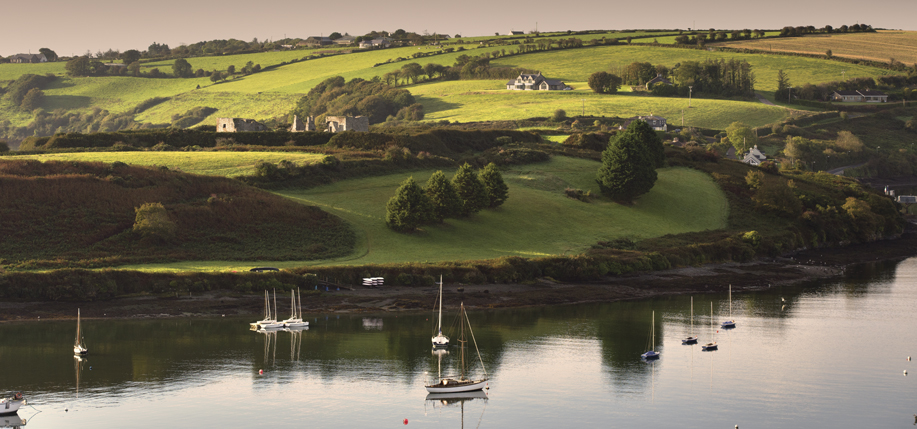
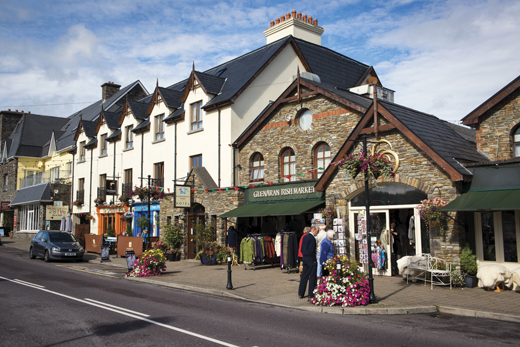
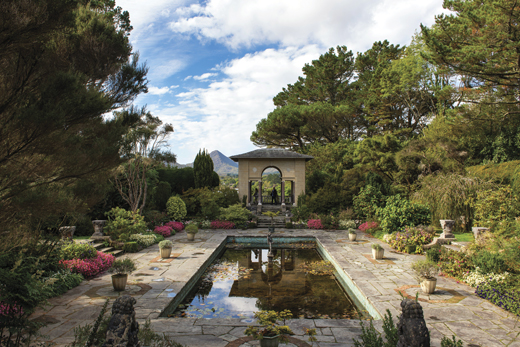


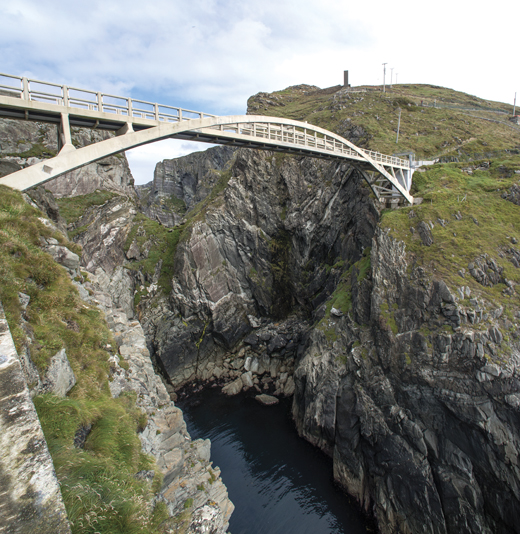
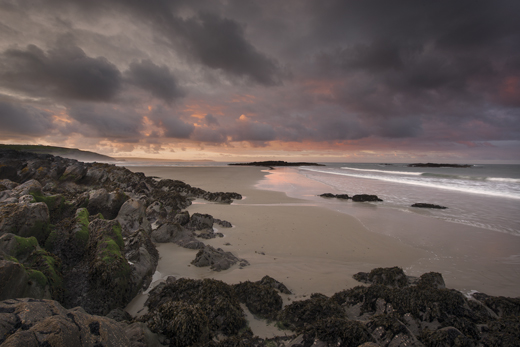

You girls are doing a great job. And in the old days so many of you would have been nuns.
Vive la difference!